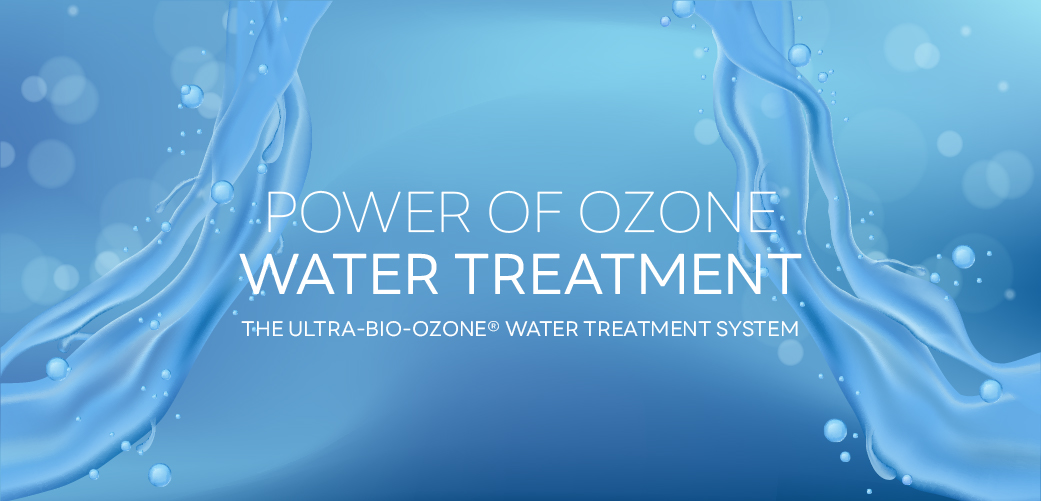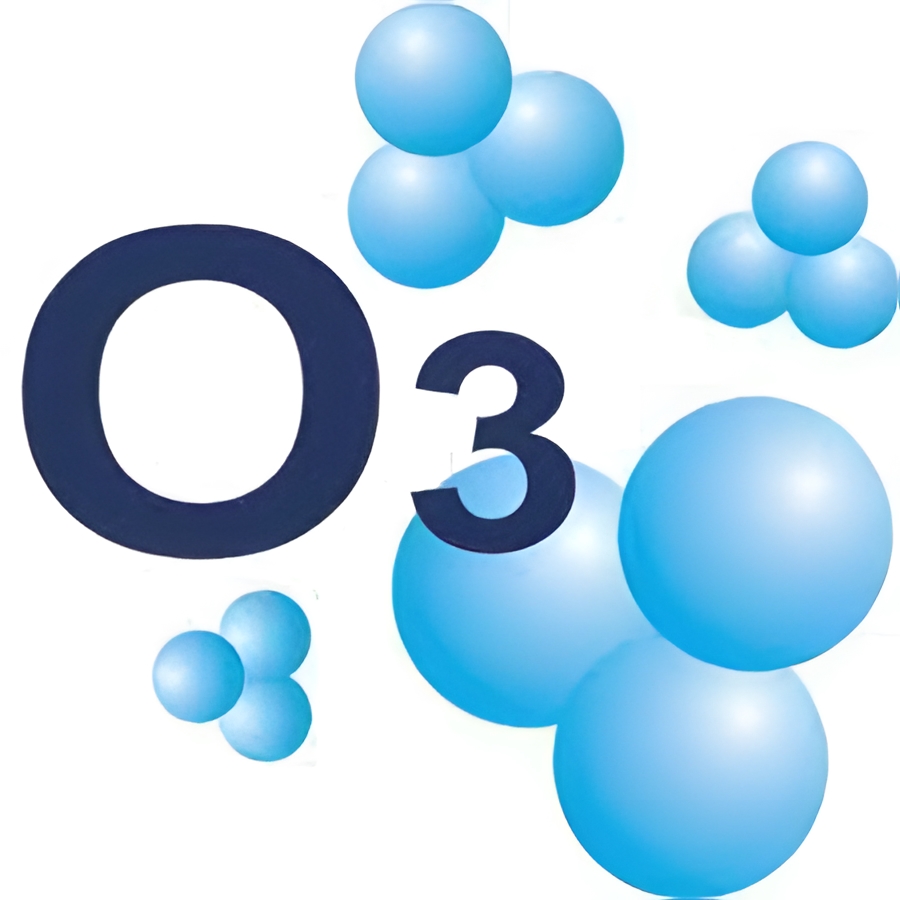
In the realm of water treatment, the quest for efficient, eco-friendly, and powerful solutions has been ongoing. Among the various technologies and methodologies, ozone treatment stands out as a remarkable contender. Its potential to purify water and eliminate contaminants has sparked interest and garnered attention across industries and communities worldwide. In this blog, we explore the power of ozone and how it revolutionizes water treatment.
Ozone (O3)
is a naturally occurring gas composed of three oxygen atoms. Unlike its more stable counterpart, oxygen (O2), ozone is highly reactive and possesses powerful oxidizing properties. This unique characteristic makes ozone an exceptional candidate for water treatment applications.

Ozonation involves the generation and application of ozone to water for the purpose of disinfection, oxidation, and purification. The process typically begins with ozone generation, which can be achieved through various methods including UV-C lamps or corona discharge. Once generated, ozone is introduced into the water, where it initiates a cascade of chemical reactions. UV-C lamps are often considered superior to corona discharge for ozone production due to their simplicity, efficiency, safety, and control. UV-C lamps generate ozone by exposing oxygen molecules to ultraviolet radiation, a process that is highly efficient and does not require complex setups. Additionally, UV-C lamps are safer as they utilize UV light rather than high-voltage electrical discharge. They also offer better control over ozone production, allowing for precise adjustment of ozone levels based on specific application requirements. Overall, these factors make UV-C lamps a preferred choice for ozone generation in various applications, including water treatment and air purification. Ozone is a potent disinfectant capable of destroying a wide range of microorganisms including bacteria and viruses. Unlike traditional disinfection methods such as chlorination, ozonation does not produce harmful disinfection by-products (DBPs) like trihalomethanes (THMs) and haloacetic acids (HAAs).

Additionally, ozone effectively oxidizes and breaks down organic and inorganic contaminants present in water. This includes pollutants such as pesticides, pharmaceuticals, and industrial chemicals. By facilitating the breakdown of complex molecules into simpler, less harmful compounds, ozone helps to enhance water quality and safety. Moreover, ozone treatment can effectively neutralize unpleasant odors and tastes caused by organic compounds such as geosmin and 2-methylisoborneol (MIB). By oxidizing these compounds, ozone eliminates the sensory characteristics that detract from the quality of drinking water.
In addition to addressing microbial and chemical contaminants, ozone can also assist in the removal of color-causing substances such as humic and fulvic acids. This is particularly relevant in water sources impacted by natural organic matter, such as surface waters and groundwater.
The power of ozone in water treatment cannot be understated. Its ability to disinfect, oxidize contaminants, and improve water quality makes it a compelling choice for addressing diverse water treatment challenges. As communities and industries seek sustainable and effective solutions for water management, ozone treatment emerges as a transformative technology with the potential to enhance public health and environmental stewardship. By harnessing the power of ozone, we can pave the way towards a future where access to clean, safe water is not just a necessity, but a fundamental human right.


